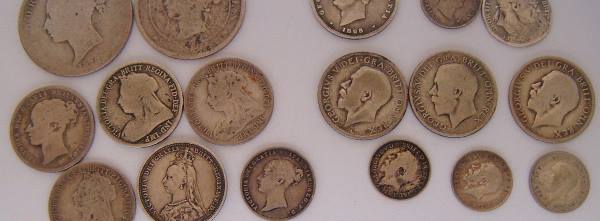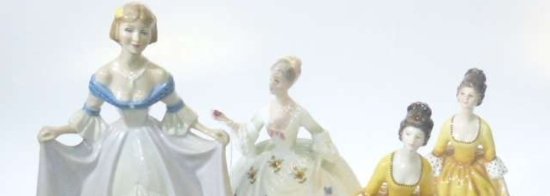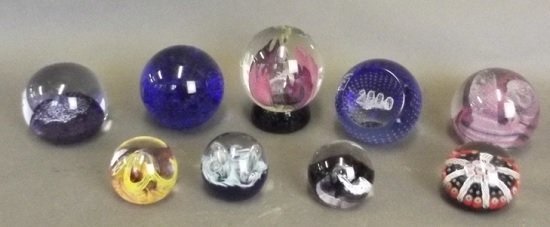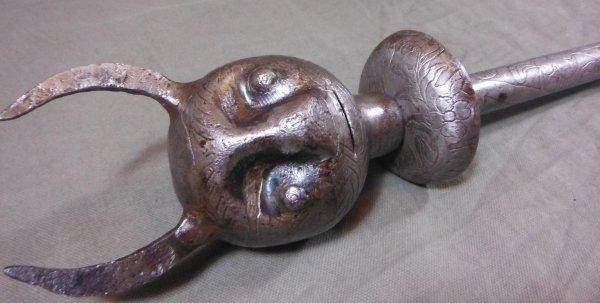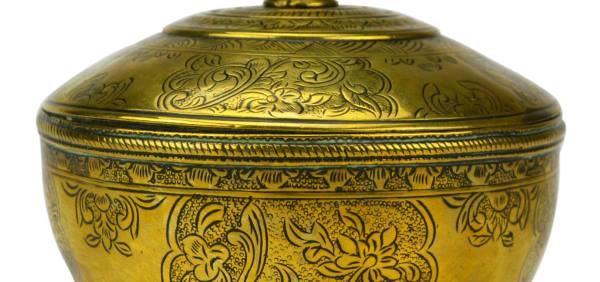As the 50th Anniversary of the Commencement of the Korean War (or UN Police Action as it is officially called) nears, June 25th should remind us of all the sacrifices that Americans and other peace-loving peoples and nations of the world have made to guarantee a free future for both ourselves and future generations.
Collectors are not unmindful of these sacrifices; indeed, they probably know more about them than most others because they collect the very artifacts of those times gone.
Collectors have abounded for centuries; some of the earliest were connoisseurs who dabbled in artwork such as statues, paintings, even ancient artifacts; others in recent times have specialized in coins, stamps, antique automobiles – you name it, it’s probably been collected. The gamut runs from sugar cubes to matchbooks; from fishing lures to nostalgia toys. If it has ever been made, it stands a good chance of being collected!
Militaria collectors have their own field and, along with that, their own beliefs in the necessity of preserving those items they seek after in dusty stores, garage sales, and on-line listings.
By definition, a historical collectible is an object that has been or was used in a past era of history, whether that era dates from thousands of years ago or reflects an event of a recent nature. Collectibles preserve the very physical nature of that era and they are beyond current political, social, or philosophical judgments. Such collectibles are mute testimonials to the thoughts that animated a bygone Age; they are, in a very real sense, time travelers whose passage into our Present and our collective Future should serve as reminders of the Past.
For most collectors there is a very strong need to preserve and protect these often fragile “visitors.” The vast majority of collectors feel the same relationship to their collections that a museum curator feels with regard to the artifacts that he and his staff have been charged with displaying and preserving.
Collectors who seek after military mementos run a wide range: as with civilian collectibles, there are untold grades of material to be found. This can range from weapons, both functional and symbolic, to uniforms, to headgear, to cloth insignia, to metal insignia, to books, to medals, to.
What is significant in this manifestation of interest is the common denominator to all those who collect: an active interest in History.
Collectors are far more aware of events than the average person in the street and this axiom applies to all countries; it is not concentrated only among American collectors.
Terms such as “Remember the Maine,” “Nuts!” “the old Contemptibles,” “Death from Above,” “the Rainbow Division,” and many more are well known to most military collectors. Ask the average person on the street about them and you get a shrug and a rueful smile. Because of their close knowledge of history, collectors support museums, endowment associations, and all those institutions that are part of our cultural heritage. Many collectors are avid correspondents to the Smithsonian; many write to the Metropolitan Museum of Art in New York City; many correspond with other learned institutions. Indeed, because of their extensive knowledge of their fields, collectors are often solicited for their advice by these prestigious institutions.
Education is a must for the collecting of military artifacts and this is an education that is notoffered as part of a curriculum at any college or university it is learned through research, study of actual documents, the sharing of information, and the willingness to have an open and quick mind.
In all of my years of work with collectors I have found them to have open minds. At exhibitions, shows, displays, and even in events that support local museums, collectors are the first to chat with others about their studies; they share information and many have known others for decades through correspondence and calls. Now in the age of the Internet, they have established on-line billboards and chat rooms, and email one another, fully using the Internet.
In the past, if one had the misfortune to be out of the area of a major city, it was hard to find books and written information: the Internet now offers a tremendous bridge to all information, and it is readily being used to facilitate the gathering of knowledge.
Personally, I always find it gratifying to see younger people at various exhibitions – children of eight or ten, boys or girls; they have a tremendous curiosity about their world. In a traditional school setting their teachers will skim across the Revolutionary and Civil War eras in perhaps a week; they might be told in passing of the ancient Romans or Greeks; perhaps someone might mention the Korean War to them, but there is no depth in that education.
Suddenly, brought to an exhibition by a collector parent, they can see the reality of what was hidden all the time in a textbook – they can talk to real veterans; they can handle items from the Past; they can ask questions and, better yet, they can get truthful answers to those questions. There is no teacher, there is no dull study guide: for the first time there is reality and that is a wonderful experience for a questing youngster.
Kids who buy an army patch or a sharpshooter badge for fifty cents or so are the ìseedsî of the next generation of collectors. By and large, they are encouraged by adult mentors to learn about the histories of what they are buying. It is part of the fun and, in all reality, collecting is fun, capital F-U-N!
Military Collecting
For most, the field of Military Collecting is so vast that one can indulge almost any whim: there are those who specialize in American canteens; others seek only foreign-made patches, done on a nebulous contract with American Forces overseas; others collect posters, letters, or autographs.
What is intriguing about the field, aside from its historical aspect, is the fact that such collectibles have the potential for economic reward. With an ever increasing interest in the Past, material has seen a profound rise in prices. While it can be truly said that the majority of collectors are not in the hobby for its financial side, it should be equally noted that money does play a role.
Many, being well acquainted with a wide spectrum of artifacts, will purchase items of opportunity for use as trade or sale merchandise. Large military shows are magnets for collectors; auction houses and direct sale companies also offer venues for those who seek the very best for their studies and collections.
Fortunately, though there is a continuing increase in the community of collectors, the artifacts are still present. Many were largely ignored in the past; now, as more information is made available on them, they too are sought after. Events such as centennials spark renewed interest in our history and the history of other nations. In the 1960s, celebrations of the centennial of the American Civil War attracted the interest of thousands. Suddenly those old GAR badges, long left to decay in dust filled boxes, became sought after; Corps badges, buttons, cartridge box plates, old packs – all rose in price as a demand for them appeared.
Even in today’s age, there is a tremendous market for Desert Shield/Storm material; I predict that items dating from the late conflict with Yugoslavia over Kosovo will become collectable in their own right.
Is there ever to be an end to all of this? I think not: so long as there are those who love history and seek to preserve it, there will be a demand for the very bricks of that history.
When you watch your television news tonight, remember that there are those out there too, sitting in their own chairs, for whom history is an on-going, living and delightful experience. They know more about history than you do and if you don’t believe that, go look at their collections – that is where “history comes alive.”

